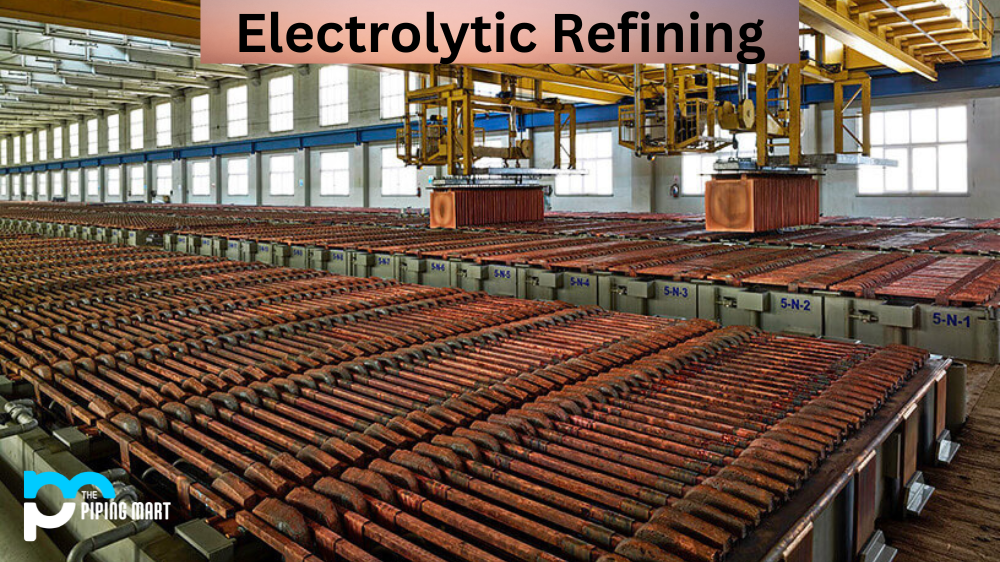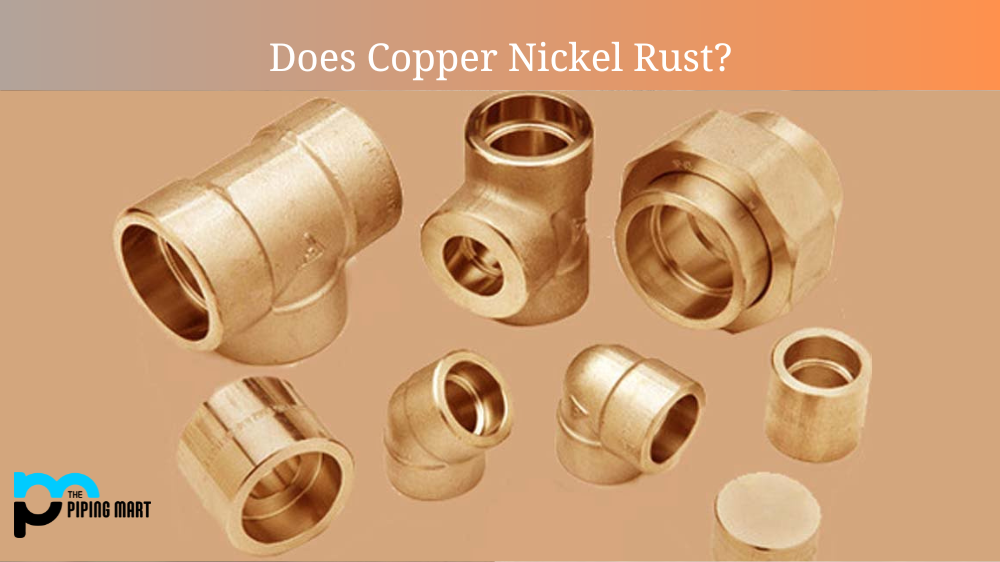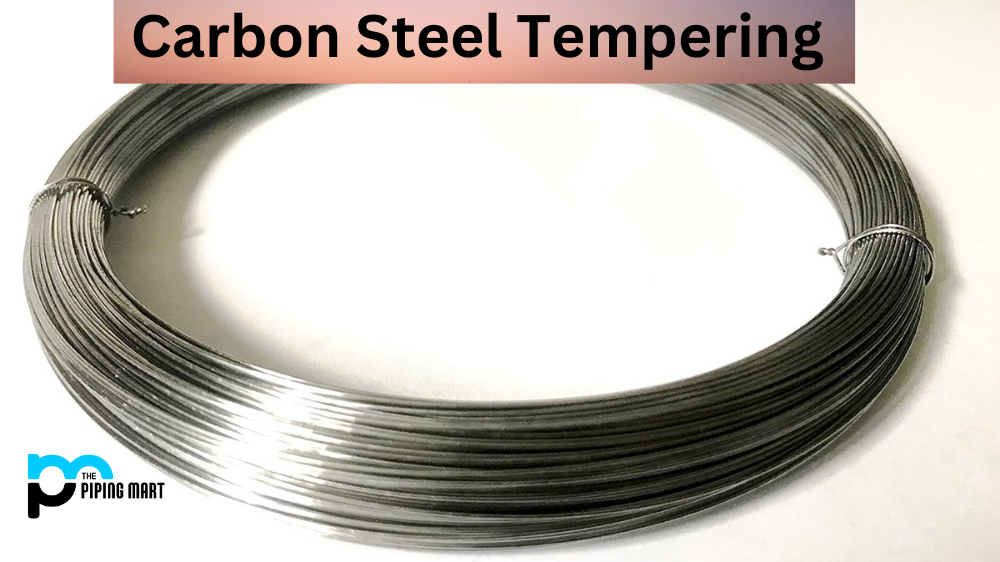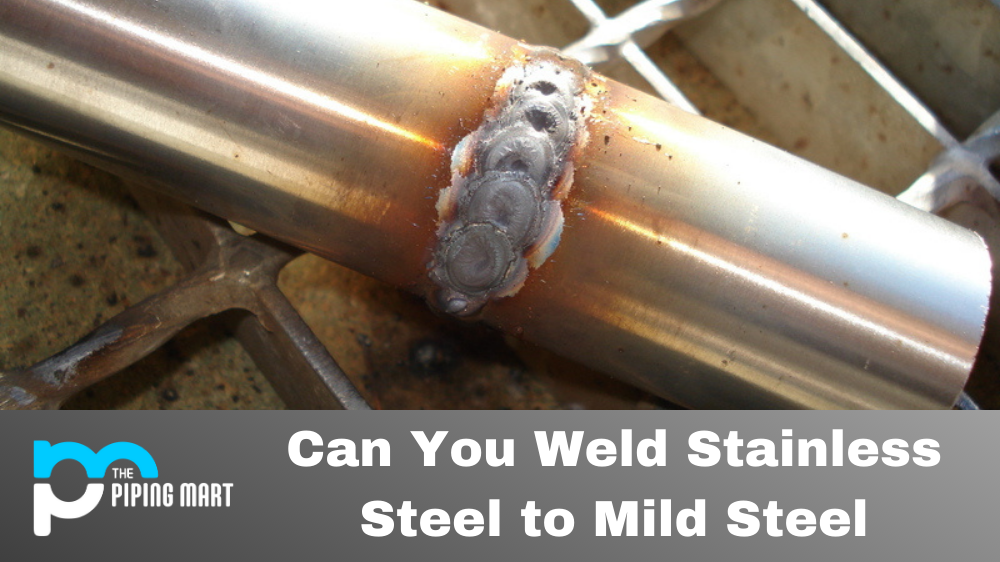Electrolytic refining is a process used to purify metals. This method involves passing an electric current through a solution containing the metal that needs to be purified. The current causes the metal to dissolve into the solution, which can then be separated from any impurities in the mixture. In this article, we will take a look at how electrolytic refining works and why it’s so important for many industries.
Principles of Electrolytic Refining
Electrolytic refining relies on the principle of electrolysis. During electrolysis, a direct electrical current is passed through a liquid or solution containing an ionic substance—in this case, metals—and causes them to dissolve into the solution. This process separates the pure metal from any impurities in the mixture, such as dirt and other metals. The result is a much purer form of the metal than what was originally present in the mixture.
How Does It Work?
The first step in electrolytic refining is to prepare an electrolyte solution containing all of the impurities that need to be removed from the metal. The next step is to pass an electric current through this solution using electrodes made from inert materials like graphite or platinum. As the current passes through, it causes some of the dissolved metal ions to react with oxygen in the air and change form into solid particles, which settle out of the solution as “sludge” at the bottom of the container holding this mixture. Meanwhile, any other impurities are left behind in the solution and can be easily extracted from it after completing this process. Finally, after all of these steps have been completed, you are left with a much purer form of the metal than what was originally present in your initial mixture!
Advantages & Disadvantages of Electrolytic Refining
One major advantage of electrolytic refining over other forms of refining is its ability to refine very small amounts of metal simultaneously without requiring large-scale equipment or expensive infrastructure. Additionally, since this method does not involve melting down metals (as some other forms do), it also requires less energy than those methods and results in fewer emissions being released into our environment as well! Another benefit is that since only small amounts can be refined at once, it allows for greater control over which impurities are being removed from each batch – allowing you to optimize your results accordingly. However, there are some drawbacks as well; for instance, if not done properly, then too much electricity could be used during this process leading to the increased cost associated with running it as well as potential safety risks due to potential sparks/fires being caused by high voltage currents passing through water solutions!
Conclusion
In conclusion, electrolytic refining offers several advantages when compared to other methods, such as melting down metals or chemical treatments. It requires less energy and infrastructure while still providing excellent results – resulting in higher purity levels for metals than ever before! However, there are some drawbacks, such as increased costs associated with running it due to large amounts of electricity being used during each cycle; but overall, its benefits far outweigh its negatives, making it an ideal choice for many industries who rely on producing high-quality products on a consistent basis! Thanks for taking the time today to learn more about why electrolytic refining is so important – we hope you found this article helpful!

Meet Bhavesh, a seasoned blogger with a wealth of knowledge and experience. From metal products manufacturing to retail, Bhavesh has a diverse background in various industries and is dedicated to sharing his insights and expertise with readers.




